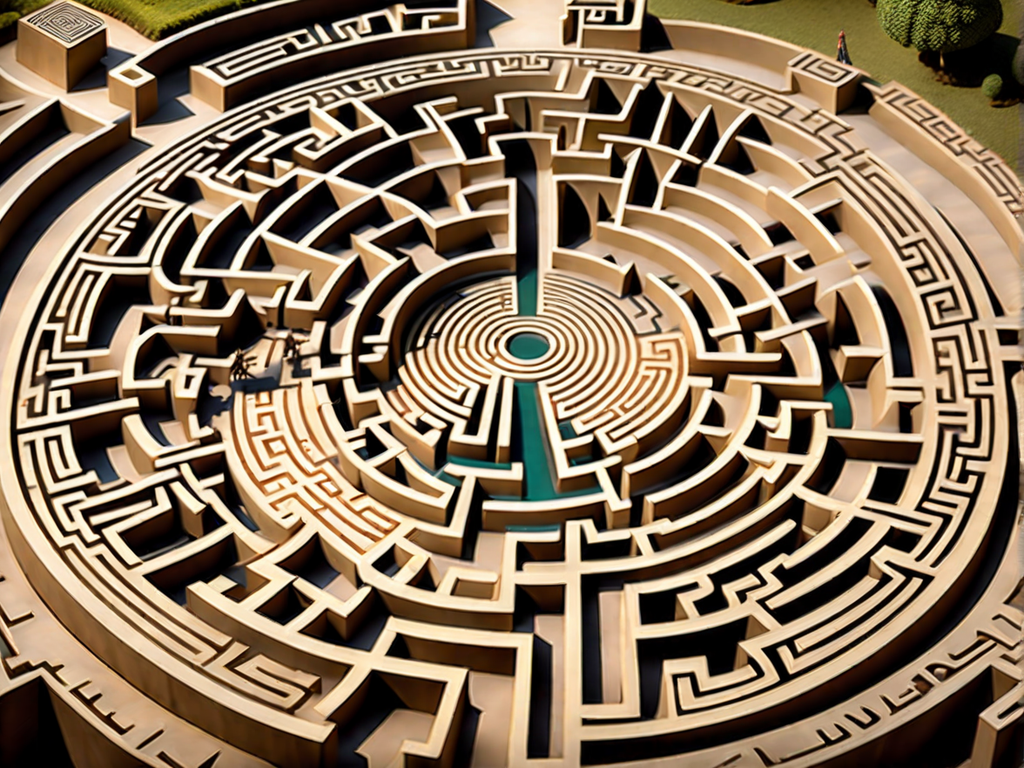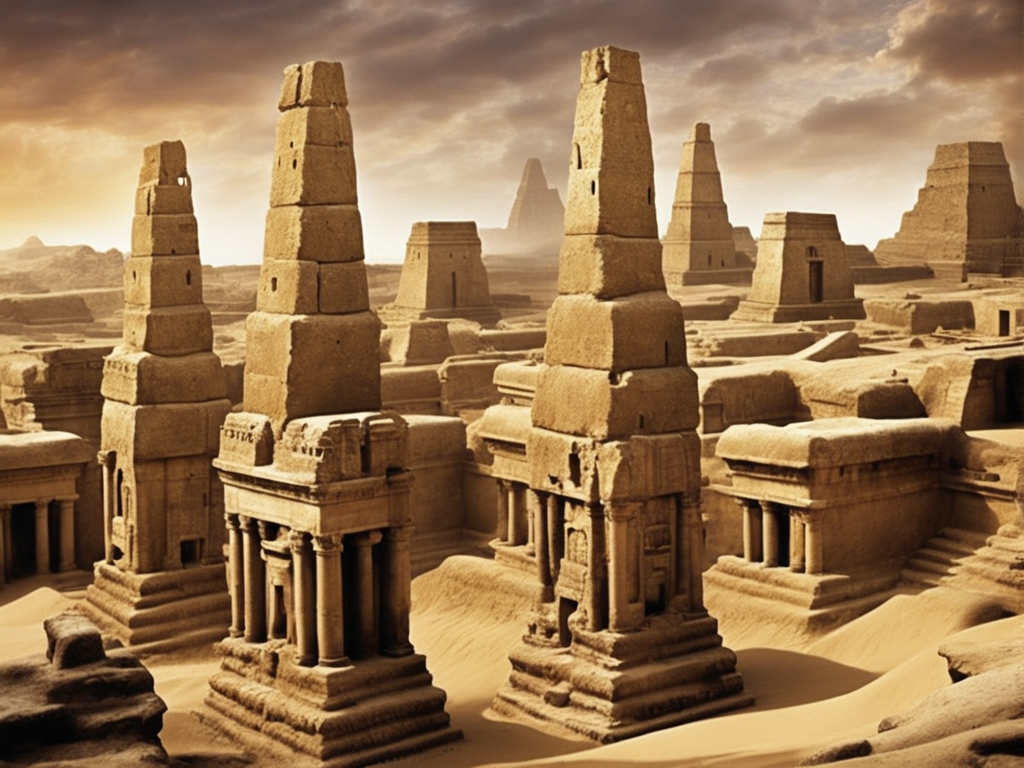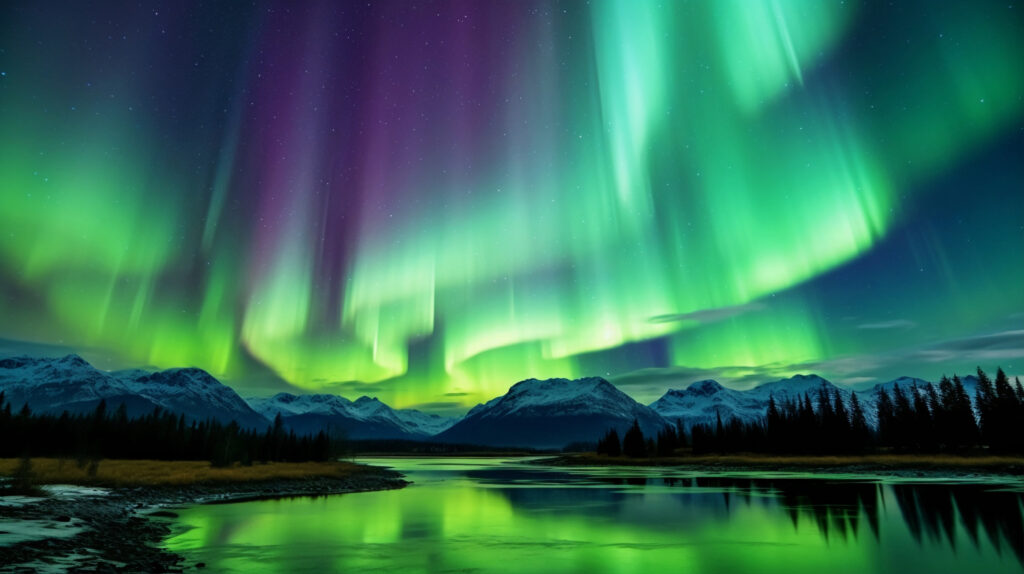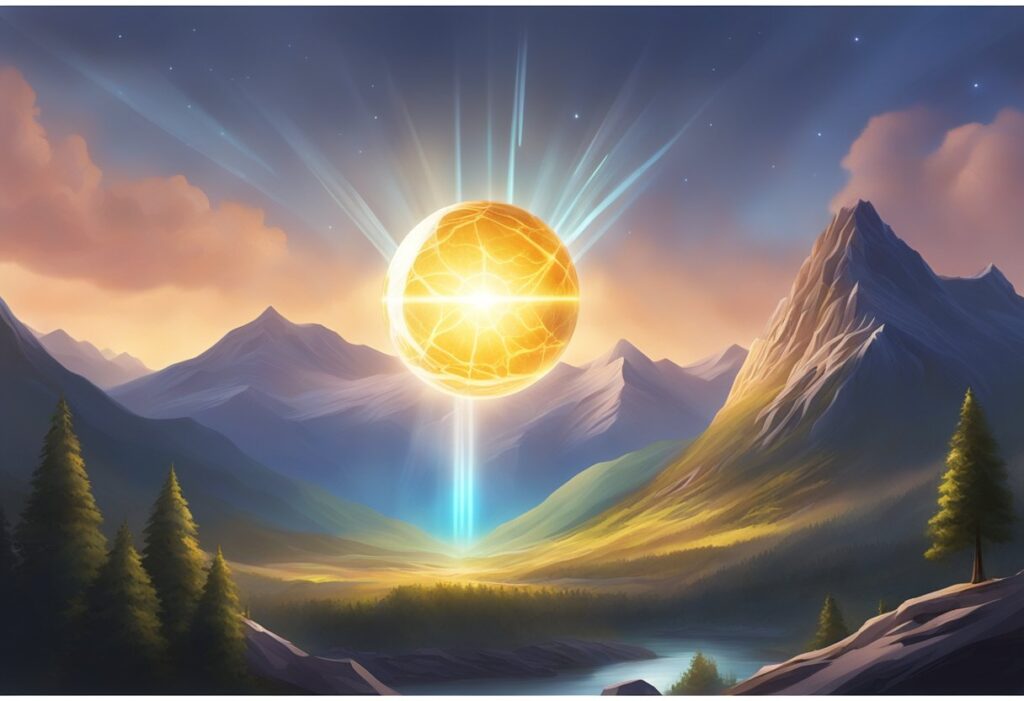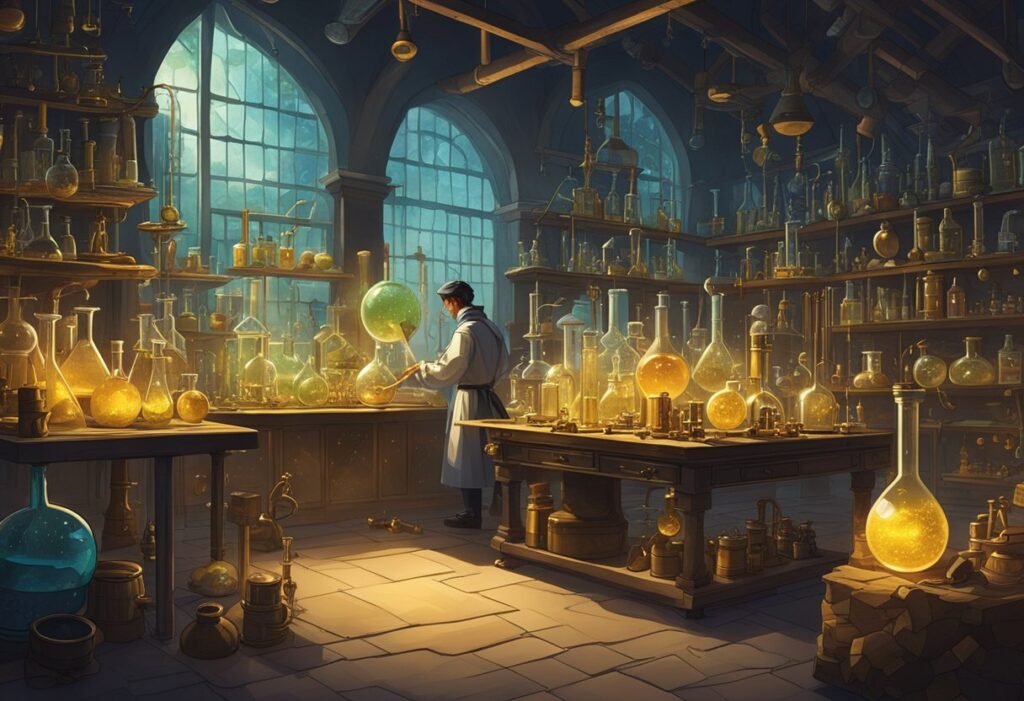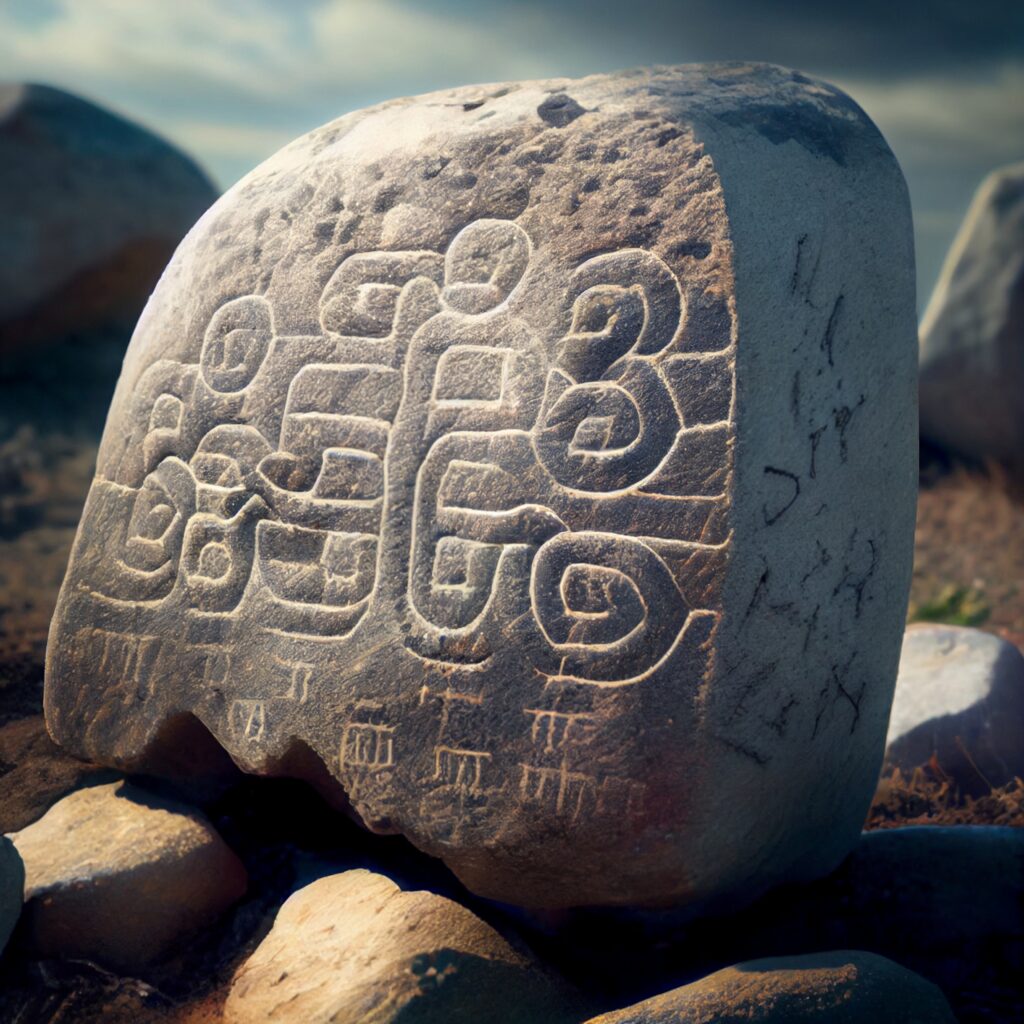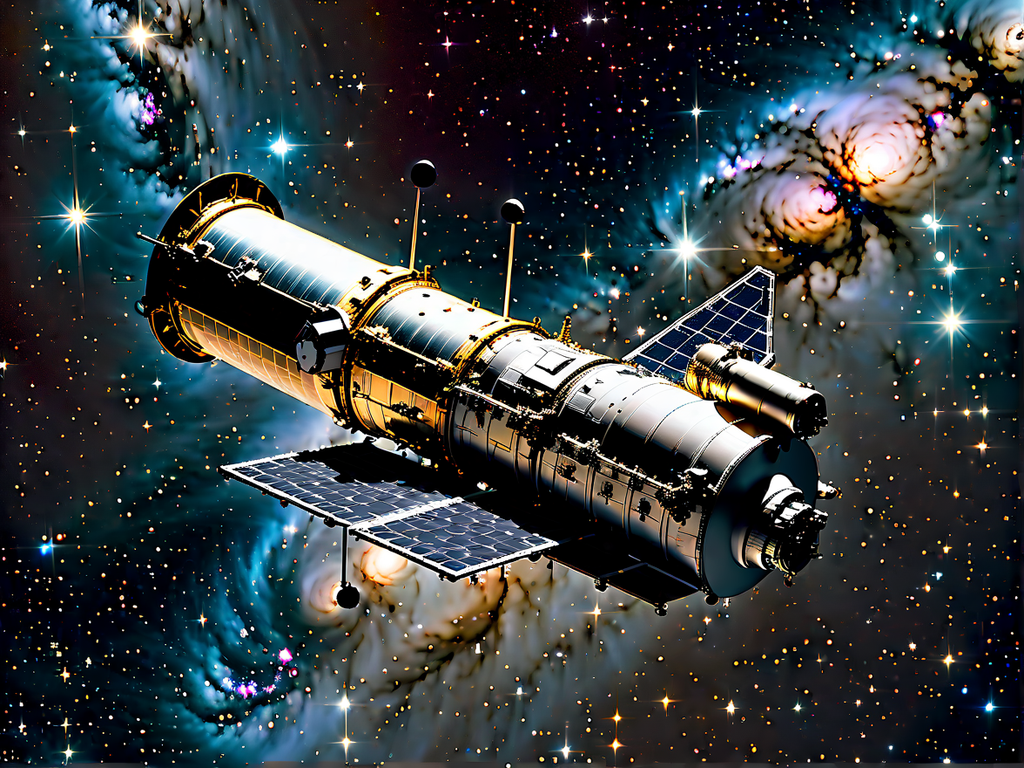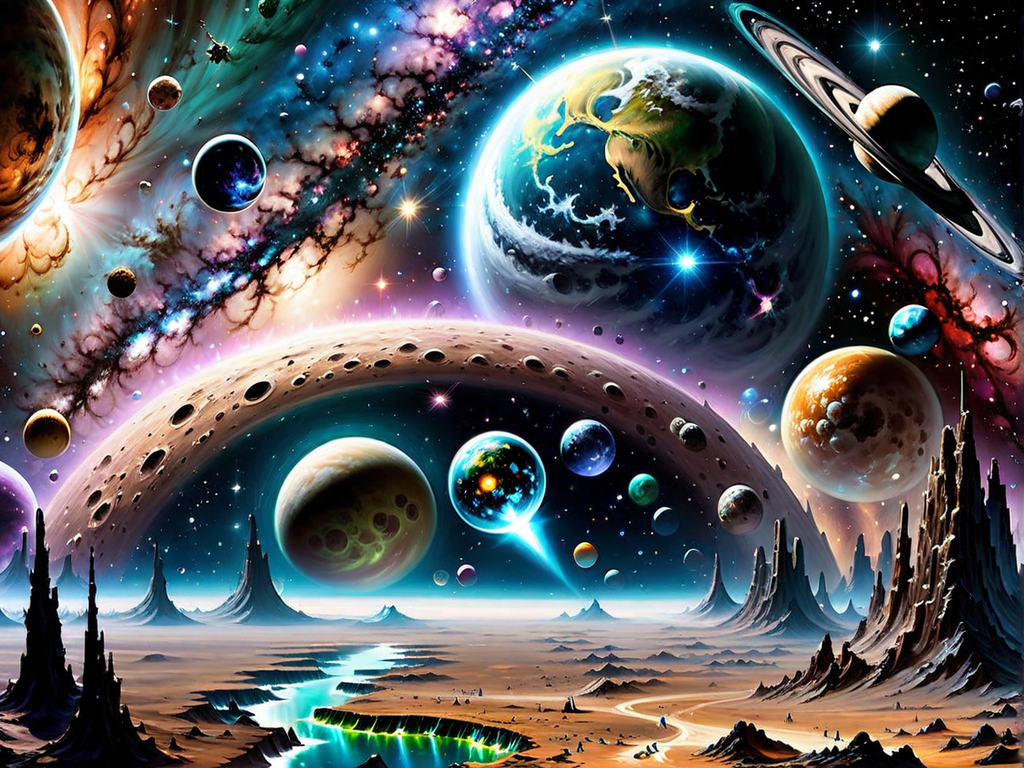The celestial dance of the planets in our solar system has always fascinated humanity. The alignment of these celestial bodies offers us a glimpse into the intricate workings of the cosmos. In this article, we will embark on a journey to explore the upcoming planetary alignments, delving deep into the science, history, and wonder of these cosmic events.
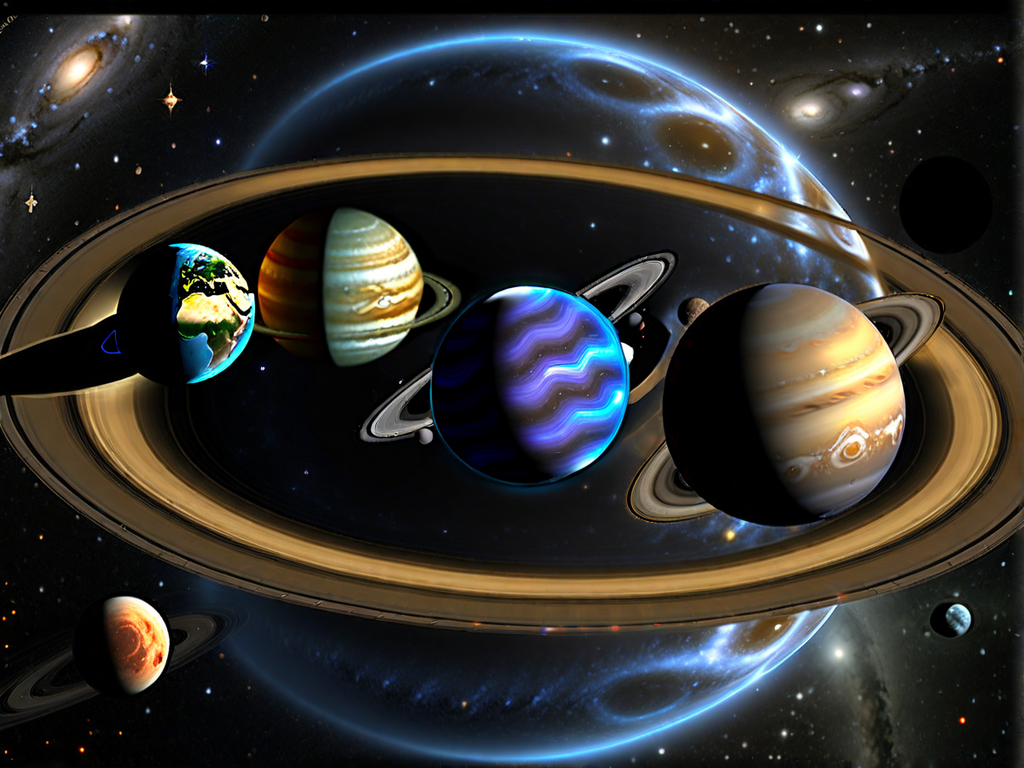
Planetary alignments occur when two or more planets come into close proximity along their orbits around the Sun. This captivating phenomenon is a result of the intricate gravitational interplay between these celestial bodies. The positions of the planets in our

solar system are not random; they follow predictable patterns governed by the laws of physics. As such, astronomers can accurately calculate when these alignments will take place.
Throughout history, planetary alignments have held profound significance. They have been used for navigation, calendrical systems, and even as omens in some cultures. One of the most famous planetary alignments occurred in 2 BC, when Jupiter and Saturn came so close together that they appeared as one bright star, which is thought to have been the Star of Bethlehem, a symbol of great importance in Christianity.
Upcoming Planetary Alignments
•
Jupiter and Saturn: The Great Conjunction
One of the most anticipated planetary alignments is the great conjunction of Jupiter and Saturn. This rare event happens approximately every 20 years when these two gas giants come into close alignment. The last great conjunction occurred in December 2020, but the next one is scheduled for March 15, 2040. It’s a breathtaking sight and a reminder of the clockwork precision of the solar system.
•
Venus and Mars: Planetary Duo
Venus and Mars, often referred to as Earth’s “sister” planets, occasionally form a close alignment in our night sky. While these two planets may not physically meet like the great conjunction of Jupiter and Saturn, their proximity in the night sky can create a captivating visual spectacle. The next significant Venus-Mars conjunction will occur in September 2021, and another will follow in 2022.
•
Mercury Transits
Mercury, the closest planet to the Sun, occasionally transits across the face of the Sun from our vantage point on Earth. These transits are relatively rare and offer astronomers a unique opportunity to study the planet’s atmosphere. The next Mercury transit will be visible from some parts of the world in 2032.
•
Planetary Line-Ups
At times, multiple planets align in a near-straight line relative to Earth. While these events may not be as common as individual planetary conjunctions, they are remarkable displays of celestial mechanics. Planetary line-ups are a reminder of the grand symphony in the solar system.
The Beauty and Science of Planetary Alignments
Planetary alignments not only captivate our imagination but also offer valuable insights to astronomers and scientists. By studying these alignments, scientists can refine their understanding of planetary orbits, gravitational interactions, and the stability of the solar system. These events are like natural experiments, allowing us to gather data that contributes to our understanding of the cosmos.
Contemplating the Cosmic Dance
As we anticipate these upcoming planetary alignments, let us take a moment to contemplate the grandeur of our solar system. The fact that we can predict these events with such precision is a testament to the remarkable progress of human knowledge. Planetary alignments offer us a humbling perspective on our place in the universe and remind us of the interconnectedness of celestial bodies.
The upcoming planetary alignments are a source of wonder and fascination for people of all ages. These cosmic events connect us to the mysteries of the universe and remind us of the grandeur of the solar system. As you prepare to witness these celestial spectacles, share your thoughts and excitement in the comments. The cosmos, with its ever-turning planets, continues to offer us a front-row seat to the solar system’s breathtaking performances.


